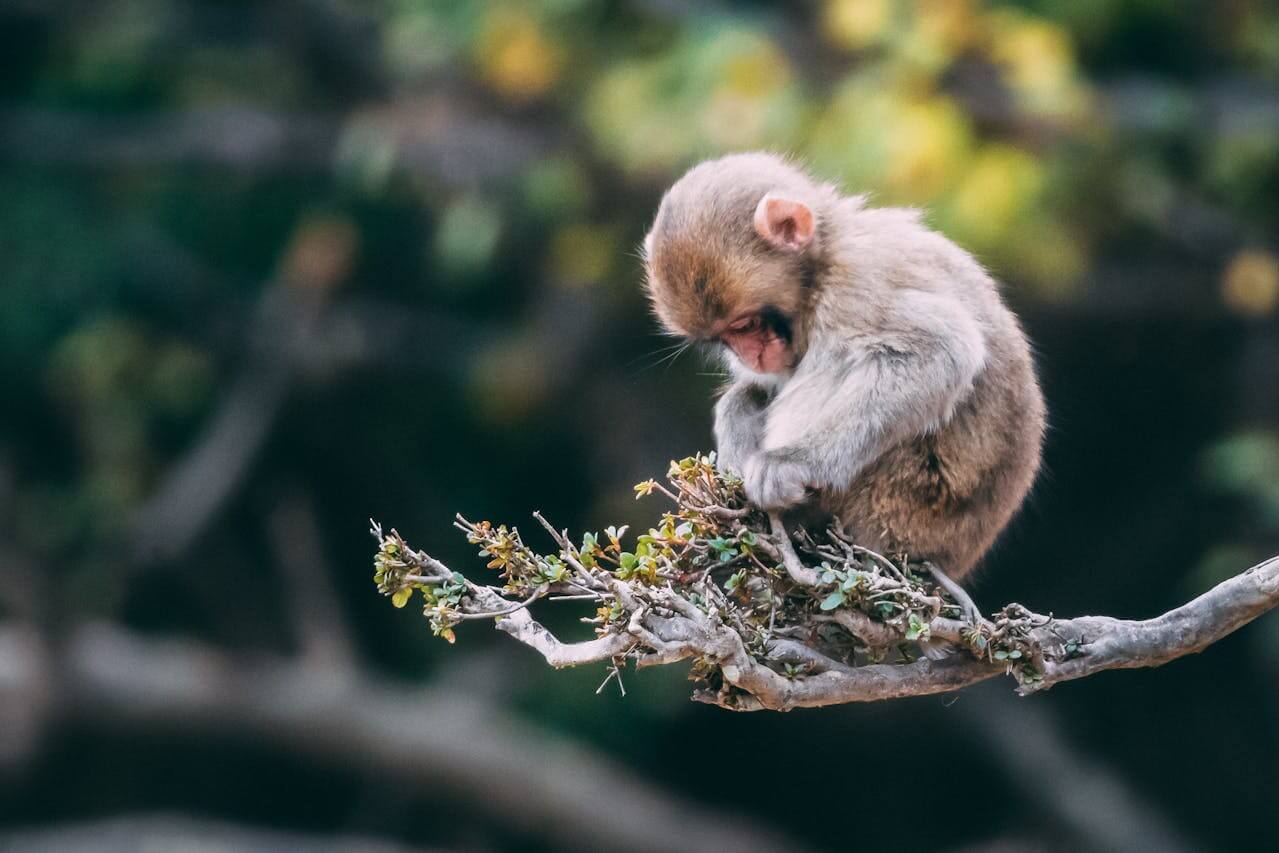Introduction: Wildlife Photography Tips for Breathtaking HD Images
Few creative pursuits are as exciting—or as challenging—as wildlife photography. These wildlife photography tips will help you capture animals in their natural habitat with stunning high-definition clarity. Whether you’re a beginner or refining your skills, this guide shares professional advice for unforgettable shots.
Want to start from the very beginning? See our Ultimate Beginner’s Guide to Nature Photography (HD Edition).

1. Know Your Subject: Wildlife Photography Tip #1
Researching animal behavior is one of the most valuable wildlife photography tips you can practice. Understand feeding times, movement patterns, and preferred environments so you can anticipate action and compose powerful shots.
2. Use the Right Gear for HD Wildlife Photos
A cornerstone of all wildlife photography tips is selecting reliable gear.
- Telephoto lenses (300 mm or more) keep you at a safe distance while filling the frame.
- Fast apertures (f/2.8–f/5.6) ensure sharp images in low light.
3. Prioritize Fast Shutter Speeds
Freeze a bird in mid-flight or a fox leaping through snow. For most wildlife scenes, aim for 1/1000 sec or faster—a key wildlife photography tip for razor-sharp detail.
4. Master Autofocus for Moving Subjects
Continuous autofocus (AI Servo/AF-C) and back-button focus help lock onto unpredictable wildlife action. Among wildlife photography tips, this one saves more shots than any expensive lens upgrade.
5. Work with Natural Light
Golden hour and blue hour provide soft, dramatic light. Cloudy skies diffuse brightness and help retain feather and fur detail—classic wildlife photography tips that never go out of style.
6. Compose with Care
Apply the rule of thirds, use leading lines, and add foreground elements for depth. Composition-focused wildlife photography tips separate average snapshots from striking, storytelling images.
7. Get Low and Blend In
Shoot at eye level, wear neutral colors, and move slowly. These field-craft wildlife photography tips help animals behave naturally and create a sense of intimacy.
8. Embrace Patience and Silence
Wildlife photography rewards stillness. One of the simplest but most powerful wildlife photography tips is to wait quietly for authentic moments.
9. Focus on the Eyes
Nothing engages a viewer like the sparkle in an animal’s eye. Make it a rule: if the eye isn’t sharp, the shot isn’t finished—a timeless wildlife photography tip.
10. Capture Behavior and Interaction
Go beyond portraits. Moments such as hunting, feeding, or playful interactions tell richer stories and embody advanced wildlife photography tips for professionals.
11. Practice Ethical Wildlife Photography
Respect habitats, avoid baiting, and maintain safe distances. Ethical conduct is not just one of the most important wildlife photography tips—it’s essential for conservation.
12. Perfect Your Images in Post-Processing
Even great exposures improve with careful editing. Adjust exposure, balance color, and apply gentle sharpening. Among wildlife photography tips, smart editing provides the finishing touch.
Putting It All Together
Follow these 12 expert wildlife photography tips to elevate your shots from snapshots to breathtaking HD masterpieces. With practice, patience, and respect for nature, every encounter can become a compelling story.
Keep Exploring Nature Photography
Strengthen your fundamentals and complement these wildlife photography tips with our comprehensive beginner resource:
Explore More on NaturePhotographyHD.com
Continue your journey with more expert resources designed to help you capture nature in high definition:
- The Ultimate Beginner’s Guide to Nature Photography (HD Edition)
- The Best Camera Settings for Landscapes, Forests, and Mountains
Get outside and put these wildlife photography tips into action—your next unforgettable shot could happen today.

